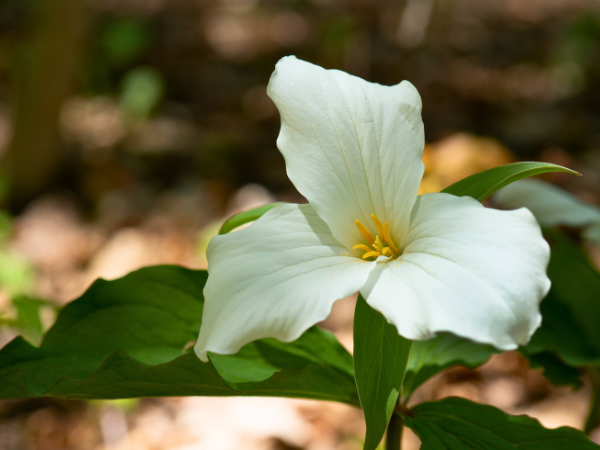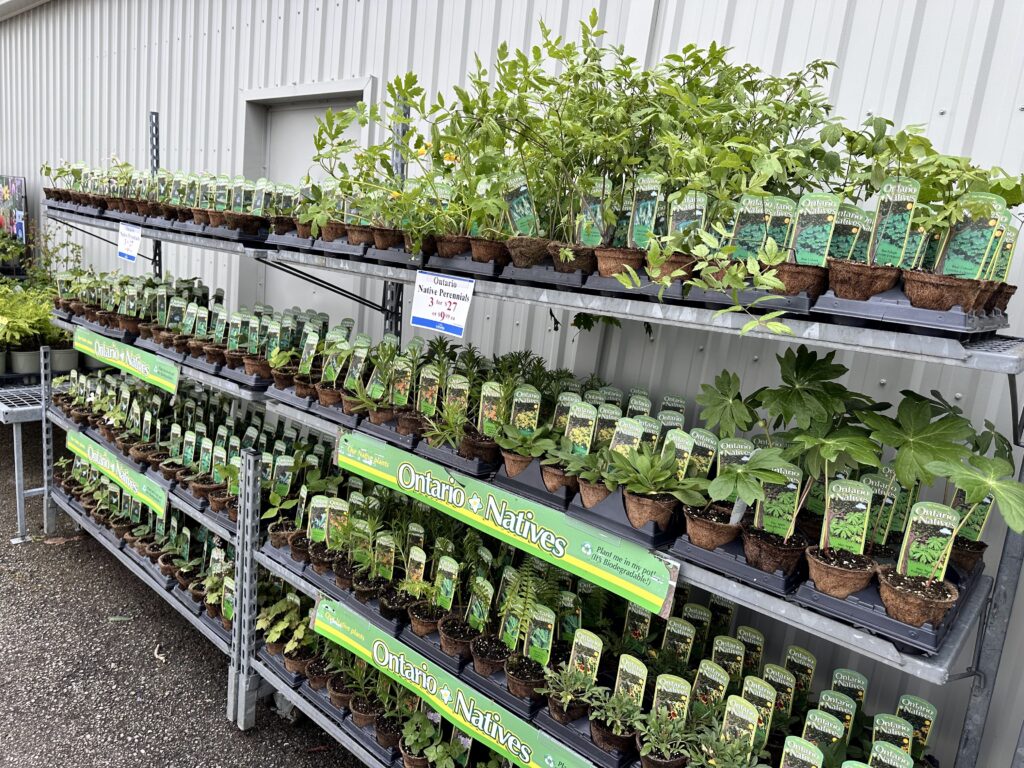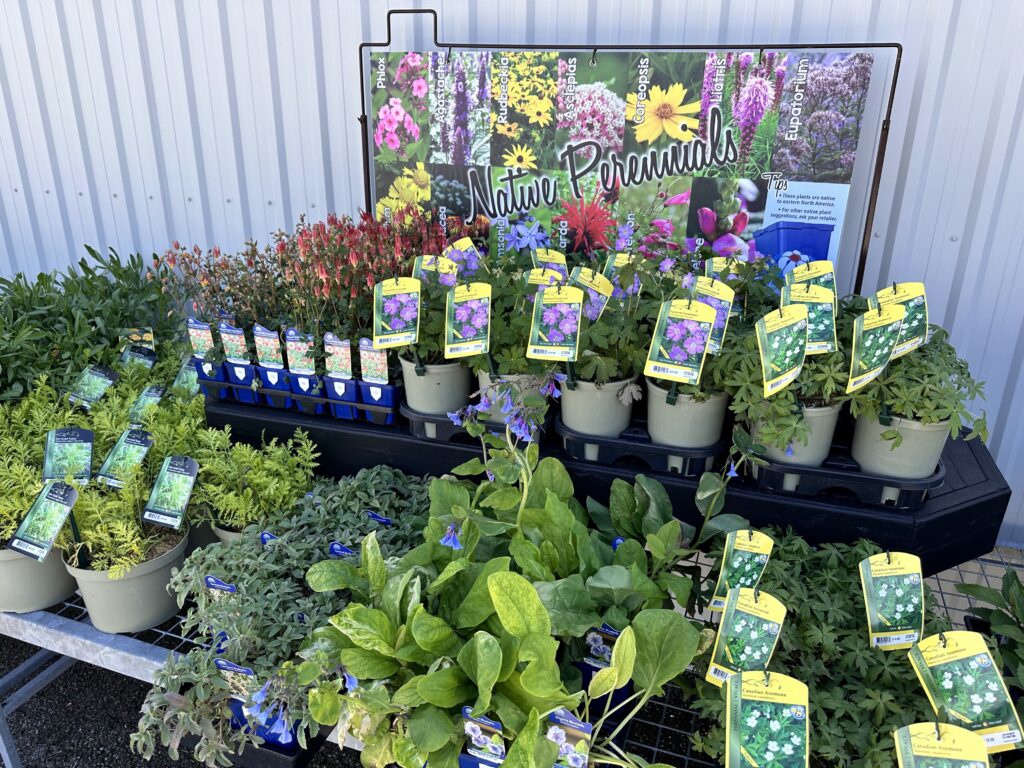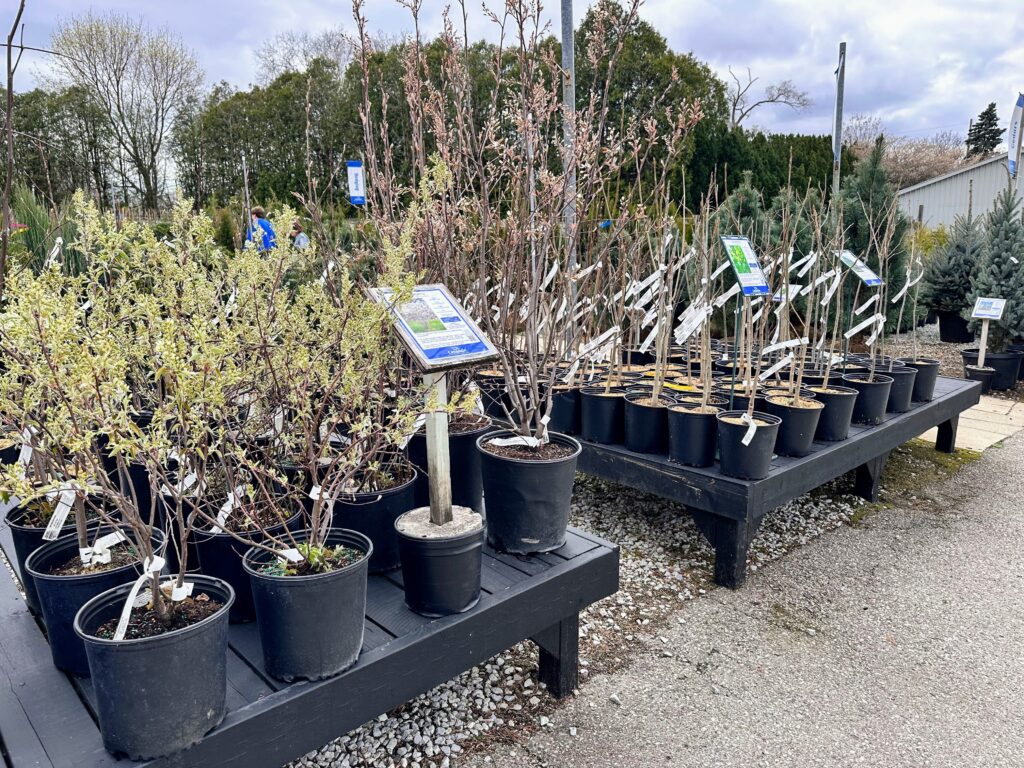
Exploring Native Plants
Exploring Native Plants: What “Native” Means to Different People
The term “native plants” often brings to mind images of wildflowers blooming in meadows, resilient grasses waving in the breeze, or trees that have grown in the same region for hundreds of years. But what does “native” truly mean when we talk about plants? The answer can vary depending on who you ask, from botanists and conservationists to home gardeners and landscapers. Understanding these different perspectives is key to appreciating the value of native plants and incorporating them into your own garden or landscape.
What Does “Native” Mean?
At its core, a native plant is one that naturally occurs in a specific region, evolving alongside local wildlife, soil, and climate. For many, a native plant is simply one that belongs to the place it’s growing, having existed there before human intervention. However, the definition of “native” can shift depending on how broad or narrow the geographic scope is.
- Local Natives: These plants are specific to a certain area—whether it’s a county, province, or even a particular microclimate. For example, a plant native to Southwestern Ontario might have different growth habits or requirements compared to one native to a different part of Canada.
- Regional Natives: Some gardeners and environmentalists define “native” more broadly, referring to plants that are indigenous to a larger region, such as North America. These plants may thrive across different states or provinces but still provide critical benefits to local ecosystems.
Why Do Native Plants Matter?
Native plants play a crucial role in maintaining biodiversity. They provide food and shelter for local wildlife, support pollinators like bees and butterflies, and contribute to healthy soil and water conservation. Additionally, native plants are often easier to care for, as they’ve adapted to the region’s weather patterns and soil conditions, reducing the need for additional water or fertilizers.
“Native” Can Mean Something Different for Everyone
For some, native plants evoke a deep connection to history and heritage. Indigenous communities, for instance, often have a long history of interacting with native plants, using them for food, medicine, and cultural practices. For them, native plants may carry a spiritual or cultural significance, linking them to the land in meaningful ways.
For others, native gardening might be more about sustainability. Gardeners who prioritize reducing water usage, limiting pesticide use, or creating pollinator-friendly habitats often turn to native plants because they are well-suited to thrive in the local environment without added intervention.
And yet, some gardeners might be introduced to the concept of native plants simply because they’re beautiful and hardy. Whether it’s the delicate blooms of a black-eyed Susan or the lush greenery of a red maple, native plants can offer a unique aesthetic value that blends perfectly into the landscape.

Incorporating Native Plants Into Your Garden
No matter how you define “native,” incorporating native plants into your garden is a step toward supporting local ecosystems. Start by researching plants that are specific to your area and choose species that will thrive with the amount of sunlight, soil type, and moisture levels you have. You’ll not only create a garden that is both beautiful and sustainable, but you’ll also help preserve the natural beauty of your region for generations to come.
Click the link below to view Canadale’s Native Plant List. Kindly be aware that while we strive to maintain an accurate and current inventory of Native Plants, the provided list may not encompass all available options. Availability can vary, due to supplier availability, seasonality or limited supply. To ensure you find the native plant you’re looking for, we encourage you to visit us at the garden centre or call us at 519-631-7264.
Choosing Native Over Non-Natives: The “Grow Me Instead” Guide
At Canadale, we’re here to support everyone on their gardening journey. We encourage gardeners to do their research, carefully read plant tags, and make informed choices about what to plant. Some plants may be considered aggressive spreaders or may not be suitable for certain areas due to their growth habits. These plants will be clearly labelled in-store, and we recommend using thoughtful consideration when deciding if they’re the right fit for your garden.
Rest assured, Canadale follows strict guidelines and collaborates closely with the Ontario Invasive Plant Council (OIPC), Canadian Food Inspection Agency (CFIA) and the Ontario Ministry of Agriculture, Food and Rural Affairs (OMAFRA). We do not, and cannot, sell plant species classified as invasive. Some species may be on a watch list, and we are committed to working with governing bodies to ensure we continue to meet all standards and practices in the industry.
For those looking to avoid plants that may spread aggressively or impact local ecosystems, the Ontario Invasive Plant Council’s Grow Me Instead guide is a fantastic resource. It highlights beautiful, eco-friendly alternatives that support biodiversity and thrive in our region. Click the link below to explore your options.
Garden Responsibly
In addition to choosing native plants and using resources like the Grow Me Instead guide, practicing responsible gardening can help prevent the spread of invasive species. By being mindful of plant choices and garden maintenance, you can protect local ecosystems and ensure that your garden thrives without harming the environment.
Here are a few key practices to garden responsibly:
- Do your research: Take the time to research plants that are well-suited for our region. When visiting the garden centre, read the tags on the plants to ensure they align with your gardening goals. If you need assistance, our knowledgeable garden centre staff are always here to help.
- Choose native or non-invasive plants: Opt for species that are suited to your local environment and avoid plants known to cause ecological damage. The Grow Me Instead guide is a great resource for identifying safe alternatives.
- Avoid relocating plants: Transferring plants from one location to another, such as from your home to a cottage garden, can introduce invasive species to new environments where they may outcompete native plants.
- Build water gardens carefully: If you’re adding a water feature to your landscape, make sure it’s situated away from natural waterways or flood-prone areas. This helps prevent any invasive species from escaping into natural ecosystems.
- Dispose of plants properly: Avoid composting aggressive or fast-spreading species, and never discard them in natural areas. Contact your local municipality for guidance on proper disposal—some plants may need to go in the garbage rather than yard waste collection
By taking these precautions, you’ll be contributing to a healthier, more sustainable garden and helping protect Ontario’s diverse plant life for the future.
Learn More
Interested in discovering more about native plants and how to incorporate them into your landscape? Check out these resources:
Ontario Native Plants: This nursery offers a wide range of native plants and provides detailed information on each species and how they benefit local ecosystems. (https://www.onplants.ca/)
Carolinian Canada: A non-profit organization focused on conserving biodiversity in southwestern Ontario. Their site has excellent resources on native species and eco-friendly gardening. (https://caroliniancanada.ca/)
Native Plant Society of Ontario: A great source for learning more about native plant communities, conservation, and native gardening. (https://www.npso.ca/)
Network of Nature: A hub that connects those passionate about nature conservation, providing valuable resources for native plant initiatives. (https://networkofnature.org/)
Invading Species Awareness Program: Stay informed about invasive species in Ontario and find out how to prevent their spread. (https://www.invadingspecies.com/)
Ontario Government’s Invasive Species Page: Government resources focused on invasive species management and preserving Ontario’s natural biodiversity. (https://www.ontario.ca/page/invasive-species-ontario)
Ontario Invasive Plant Council: A non-profit organization dedicated to protecting Ontario’s natural ecosystems by providing resources, research, and guidance on managing and preventing the spread of invasive plant species. (https://www.ontarioinvasiveplants.ca/)
Our Commitment
At Canadale Nurseries, our mission is to be the best garden centre and nursery possible, offering excellence in quality, service, selection, and gardening success. We welcome respectful conversations and feedback on the topic of native plants and invasive species and are committed to fostering a positive and informative dialogue. Please note that harassment or the spread of misinformation will not be tolerated.
Canadale follows strict guidelines and collaborates with the Canadian Food Inspection Agency (CFIA) and the Ontario Ministry of Agriculture, Food and Rural Affairs (OMAFRA) to ensure compliance with industry standards. If you have concerns or would like to share feedback, please reach out to us at [email protected] or 519-631-7264.


